The ecological environment of the interlocking agricultural and pastoral zones in northern China is fragile under the influence of frequent climate change and strong human activities in historical periods. Due to its special geographical location, high regional population changes and obvious shifts in agricultural and pastoral subsistence strategies, agricultural or pastoral activities may have directly altered terrestrial ecosystems and may have indirectly caused soil erosion or soil degradation by affecting the physicochemical properties and ecological functions of soils. However, despite some sporadic historical documentation of human activities in the region, there is a lack of continuous and objective records of agricultural and pastoral activities on cultivated land, making it more difficult to comprehensively understand the development process of agriculture and pastoralism in the region and its relationship with natural and social factors.
This paper reconstructs the continuous, high-resolution development and change processes of pastoralism and agriculture in this region during the historical period by extractingSporormiella-type fecal microspores and crop pollen from borehole cores of high mountain lakes in northern Shanxi Province. The natural and social causes of changes in agro-pastoral activities were explored in conjunction with evidence of social changes such as population, warfare and plague recorded in historical documentary sources, as well as regional records of climate change (Fig. 1 and 2): the expansion of agriculture northward and to higher elevations in a warm and humid climatic context coincided with periods of strong imperial control and social stability (Fig. 3a), such as the Sui and pre-mid Tang dynasties (AD 581-820) and the Northern Song Dynasty (960-1127 AD). In contrast, pastoral activities were stronger during cold and dry climatic phases (Fig. 3b), such as the period of social unrest (220-580 AD) and the Ming and Qing dynasties (1368-1912 AD), probably because cold climatic conditions and social crises limited the development of agriculture and transformed pastoral activities into a major mode of livelihood. It should be noted that both agriculture and pastoralism developed well in the early and middle Tang dynasty when the climate was mild and deep ethnic integration developed. This paper further analyzes the cycle of changes in the intensity of agricultural and pastoral activities (Figures 4 and 5), and the results show that agricultural activities have a longer cycle than changes in grazing activities, which may be due to the former's greater adaptability to climate change and the farmers' greater dependence on the land.
The results of this study provide a record of continuous, high-resolution, and independent pastoral and agricultural activities in the agro-pastoral interlacing zone of northern China since the historical period, contributing to a better understanding of the effects of human activities on land use, land cover change, and soil degradation in the region. The exploration of the relationship between changes in agricultural and pastoral activities and climate change and social change explored in this paper helps to advance the interdisciplinary intersection and development of paleoclimatology and paleolimnology with ecology and history.
The research results were published in May this year in Land Degradation & Development, a top journal in the field of agricultural and forestry sciences, with a professional ranking of 4/601 and a 3-year average impact factor of 7.111. The results were mainly supported by the National Natural Science Foundation of China under the major project "Historical background of the Anthropocene" (Project No. 41991251), as well as by the collaborative key project (Project No. 41630753), the 2018 Hebei Province "100 Foreign Specialists Program" and the EU project "HOPE - Humans on Planet Earth: Long-term impacts on biosphere dynamics" (No. 741413). Prof. Zhang Jun, a PhD student of the College of Earth and Environmental Sciences, Lanzhou University, is the first author of the article, Prof. Huang Xiaozhong is the corresponding author, and Lanzhou University is the first author affiliation. Associate Professor Zhang Shengrui and Professor Xu Qinghai of Hebei Normal University and Professor John Birks of the University of Bergen, Norway, were involved in part of the work. Xu Deke of the Institute of Geology and Geophysics, Chinese Academy of Sciences, assisted in guiding the cycle analysis and is gratefully acknowledged.
Link to full article:https://doi.org/10.1002/ldr.4007.
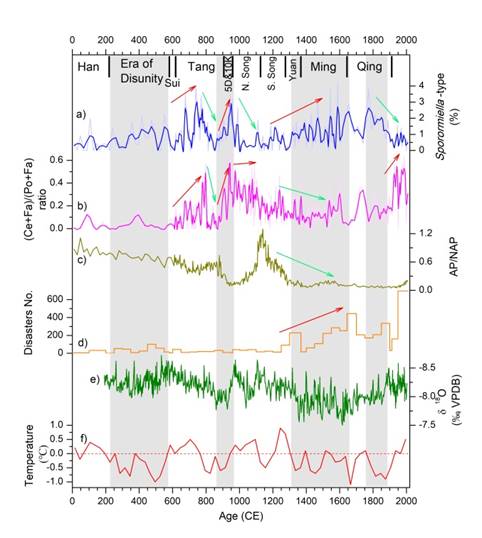
Figure 1. Comparison of the record of Sporormiella-type coprophilous fungal spores from Gonghai Lake with documented disasters and climatic records. (a) Sporormiella-type fungal spore percentages from core GH09B (this study, the thick line represents 5-point smoothing). (b) Pollen ratio of cereal-type and Fagopyrum to Poaceae and Fagopyrum ((Ce+Fa)/(Po+Fa)) from core GH09B (this study, the thick line represents 5-point smoothing). (c) The ratio of arboreal pollen to non-arboreal pollen (AP/NAP) from core GH09B (Xu et al., 2017). (d) Incidence of disasters (droughts, floods, hail, frost, snowfall and cold events, windstorms, earthquakes, crop diseases, and pests) in Shanxi Province, China (Wang, 2014). (e) Stalagmite oxygen-isotope record from Wanxiang Cave (Zhang et al., 2008). (f) Winter half-year temperature anomaly for eastern China, with a 30-yr resolution (Ge et al., 2003). The grey shading indicates phases of increased grazing activity
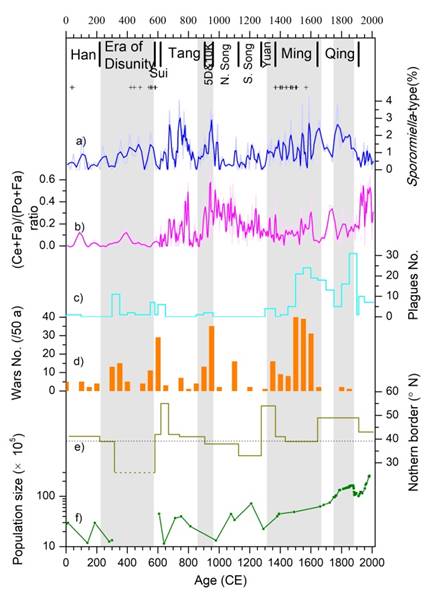
Figure 2. Comparison of the record of Sporormiella-type coprophilous fungal spores and cereal-type pollen from core GH09B from Gonghai Lake with records of wars, societal development, and human population size. (a) Sporormiella-type fungal spore percentages from core GH09B (this study, the thick line represents 5-point smoothing), showing variations in the intensity of grazing activity. (b) The ratio of (Ce+Fa)/(Po+Fa) from core GH09B as a proxy for arable farming activity (this study, the thick line represents 5-point smoothing). (c) The number of plagues in Shanxi Province, China (Wang, 2014). (d) Frequencies of wars in Shanxi Province, China (Editorial Committee of Chinese Military History, 1985). (e) Changes in the latitude of the northern border of the empire at the longitude of Gonghai Lake (112°14′E) during the past 2,000 years (Xiang, 1982). The dashed line indicates the latitude of Gonghai Lake. (f) The population of Shanxi Province over the past 2,000 years (Zhao and Xie, 1988) (note the log scale). The grey shading indicates periods of increased grazing activity; ‘+’ indicates the timing of the construction of the Great Walls
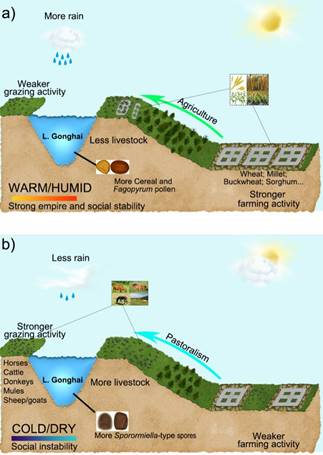
Figure 3. Schematic representation of the response of agricultural and pastoral activities to climate change and social change in the study area during the historical period
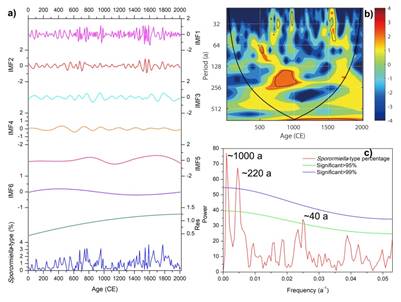
Figure 4. Results of the cycle analysis of pastoral activities
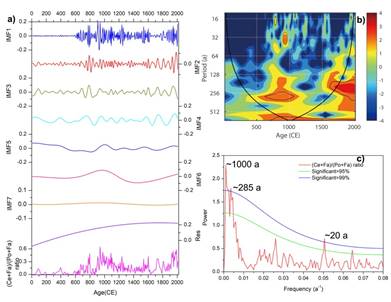
Figure 5. Results of the agricultural activity cycle analysis